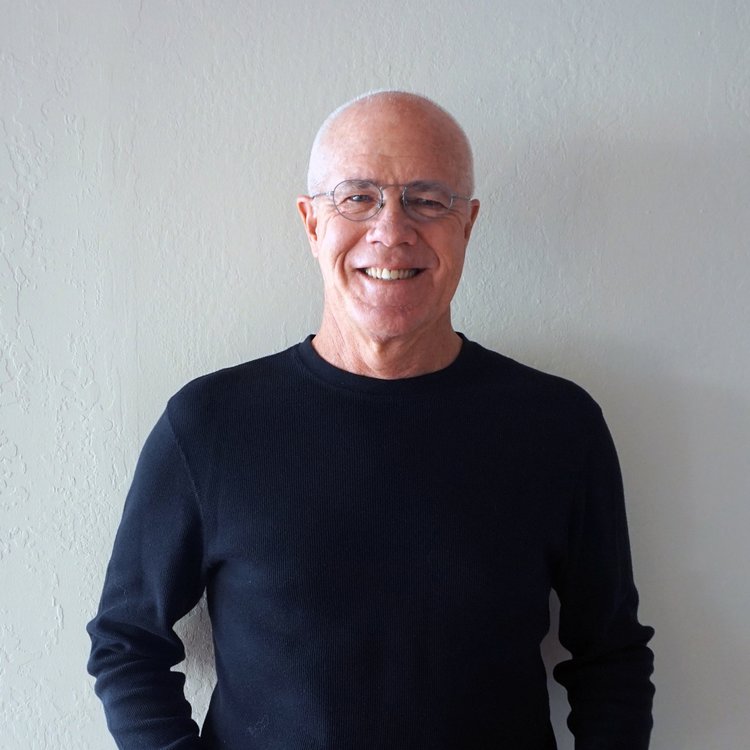First Hit: First Hit: Rosamund Pike (as Marie Colvin) gives a deeply complex performance of a war correspondent who brought personal stories of war victims to the forefront.
War isn’t just about the leaders of countries with idealistic differences and the soldiers of those leaders; it is about the victims of this conflict. Colvin was a committed pioneer in going into conflicts and documenting, in newspaper articles, the stories of the families, wives, mothers and children of wars around the world.
The film begins with her covering the conflict in Homs, Syria, and then segues to some of the previous wars she covered in her career. Sri Lanka is where she lost sight in her left eye. This causes her to begin to wear a black patch that became part of her persona. Then the film takes us on tour with Colvin as she goes to various war zones in the world to see how she covered these wars and how she uncovered her powerful stories.
What we learn is that she was fearless in action although she felt fear. She was incredibly rebellious against authority whether it be the publication she wrote for, or with the leaders she interviewed. Watch her poignant questions to Libya’s Muammar Mohammed Abu Minyar Gaddafi, commonly known as Colonel Gaddafi. An outstanding scene.
Early on in her investigations she had difficulty finding a photographer that would work well with her. Then she happened on Paul Conroy (Jamie Dornan) who became a wonderful companion and friend to Colvin.
As for Colvin’s personal life, we see early on her defensive, reactive nature towards her former husband and people really close to her. She allowed few to get close and preferred to be harsh and flippant to the people who cared about her. She drank heavily (“started drinking at age 15”), and suffered from PTSD. For a short time, she took up residence in a hospital to help her deal and process the horrible events she lived through.
What we don’t get a deep dive on is Marie’s background. I kept wondering why she was so rebellious and reckless with her own life. Not only did she put herself in positions where she could be killed, she smoked incessantly and drank excessively.
However, through all this self-destruction she was able to relate to mothers (although she didn’t have children herself), and families with deep compassion which came out in her writing.
Pike was fantastic. When, in the credits, we hear the real Colvin’s voice, we notice that Pike got her voice perfectly. Dornan was excellent as Colvin’s photographer. It’s nice to see him in a non-villain role. Tom Hollander (playing Sean Ryan) as Colvin’s foreign correspondent boss was excellent. It must have been difficult to manage someone who had such a strong will while looking out for his reporter's health and welfare. Stanley Tucci as Tony Shaw, Colvin’s late in life lover was strong as the guy who accepted Colvin as she was. Corey Johnson (as Norm Coburn) a photographer that was always first one in and last one out of a conflict was fantastic. Nikki Amuka-Bird as Colvin's closest friend Rita Williams was wonderful. She was frankly supportive of Colvin. Marie Brenner wrote a strong script allowing Matthew Heineman to deliver this complex story in an engaging and powerful way.
Overall: I wanted more background about Colvin, yet I was blown away by the depth of the story of her in war zones.
